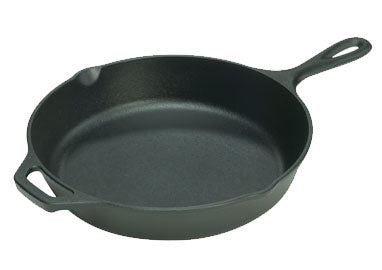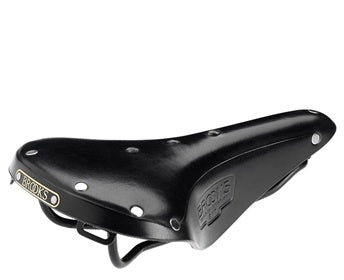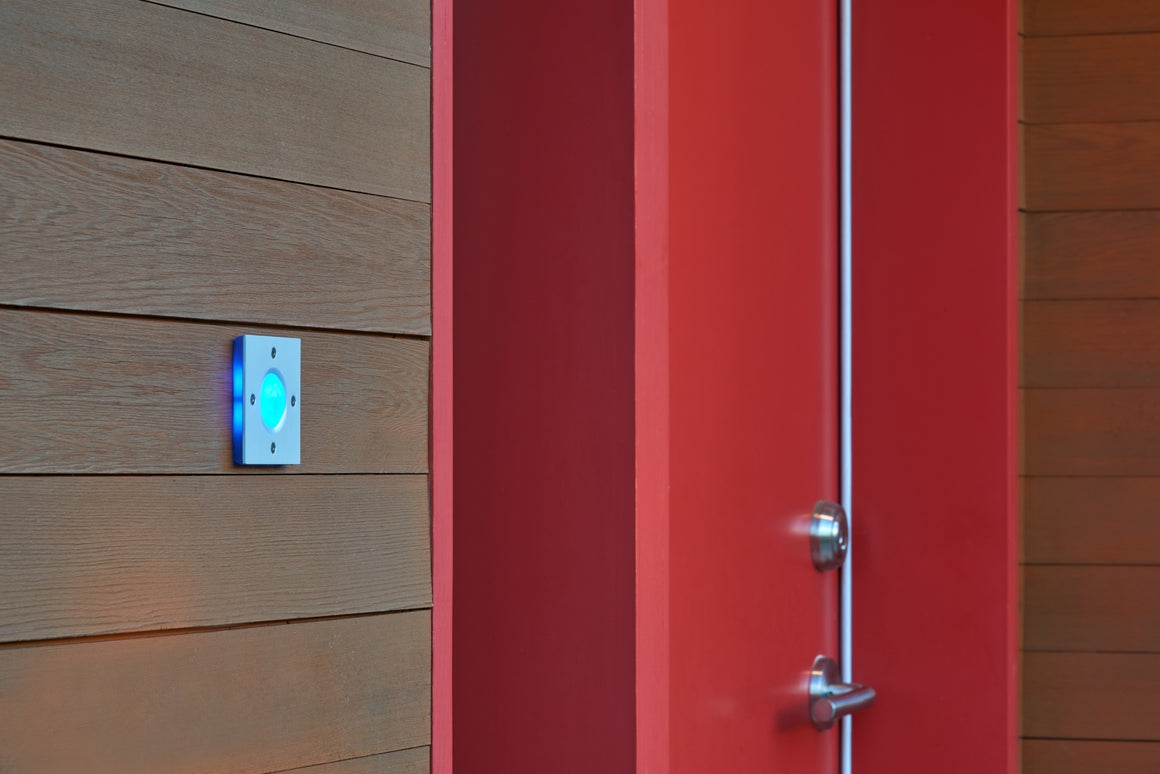
(Un)design Classics
Tonight while making spaetzle (the dumpling darlings of the Germanic regions), I spent a while contemplating perfect tools, those items which need no further design. A couple of years ago some friends gave me a device for quickly grating spaetzle batter. It is a fantastically useful tool which I will keep forever. I considered other tools in my cupboards that are similarly beloved: a small, deep pan with two looped handles, used for frying small things like poori (a flatbread), which I inherited from my Indian grandmother. A stick given to Ted by his grandmother for the sole purpose of flipping lefse, a Norwegian potato-based flatbread.
Even if a wonderful designer were to do a treatment of these objects (who would design the Flatbread Collection?), I would leave them be. Ted considers this to be the great goal of design: to create something so intrinsically good and useful that it seems almost obvious and therefore ubiquitous. We all know that ubiquity does not require good design, and many a design sees production without any merit of use.
We are making a list this week of things that we love that are (or originally were) designed for a purpose and are so well done that they cannot be readily or greatly improved upon. Paperclips and nails are favorites, but to such workaday tools, we add the following.

I (Lily) can think of little better than a cast iron skillet, and I am happy to see that they are experiencing a wee renaissance in the age of All Clad. Purists favor old Griswold skillets, but I have been happily using some that I picked up as a teenager from Goodwill. My newest one is a Lodge and it satisfies quite well. I would also nominate my French black steel omelet and crepe pans, which sport a similar patina, but their more limited use makes them less fundamental than the good skillet.

Ted's favorite design of the hour is the bicycle saddle made by Brooks, an English company that has been making the things for well over a century. The firm now has a big line of saddles for different styles and sizes of cycles, as well as some bags, but the original saddle design is iconic and lovely. I don't really ride and I want one.
What would you never replace? What is so well done that your affection is unwavering? Do you know its history? What makes it so stellar?
Leave a comment
Comments will be approved before showing up.
Also in Blog

Spore Operations During COVID-19 Outbreak
Thank you for supporting our small, family-owned business.

Black Doorbells and Chimes: a Primer

Do I Need a Transformer for my Doorbell?
We get a lot of questions about doorbell transformers! Here we will attempt to answer the most common of them.
What is a doorbell transformer?
A transformer converts line-voltage to low-voltage (16 volts). In the United States, line-voltage 120 for most household wiring (this is what is running to your lights and outlets). In Europe and other parts of the world, line-voltage is 240. Any transformer that converts line-voltage to low-voltage will work as a doorbell transformer.

